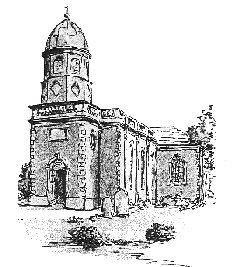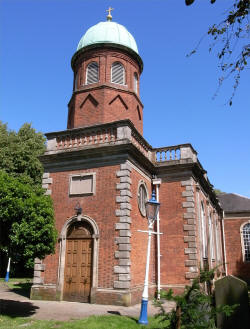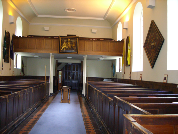|
Birmingham Hall Green Church of the Ascension |
|||
|
|||
| Source: http://en.wikipedia.org/wiki/Church_of_the_Ascension,_Hall_Green | |||
 artist: unknown! |
|||
 |
|||
|
This church was originally known as the Church of the Holy Trinity, Hall Green. Completed in 1704, the church is believed to have been designed by Sir William Wilson and was named after Job Marston, a resident at Hall Green Hall, who donated £1,000 towards the construction of the building near the hall. It was consecrated on May 25, 1704. The original building and additions are in the Queen Anne style. The exterior of the building consists of red brick and a stone entablature and balustrade supported by Doric pilasters and the window architraves are of moulded stone. The tower at the west end of the nave has an octagonal brick upper storey with a copper cupola. Inside, the nave is covered in a coved plaster ceiling. The chancel and transepts were constructed between 1860 and 1866. It is the earliest classical church surviving within Birmingham. On each side of the nave are three semi-circular headed windows. The roof is slated. Until the foundation of the diocese of Birmingham in 1905, the city of Birmingham was situated on the boundaries of two ancient sees. The Diocese was divided into the two archdeaconries of Birmingham and Aston. In March 1907, the chapel became known as the parish church of Hall Green in the new diocese of Birmingham. In 1933, the patronage was transferred from the Trustees to the Bishop of Birmingham. On April 25, 1952, it was designated Grade II* listed status.
|
|||
| Interior of church, showing box pews and west gallery | |||
|
|||
|
|||
|
Pictures kindly supplied by |
|||
|
|
|||
|
|
|||
